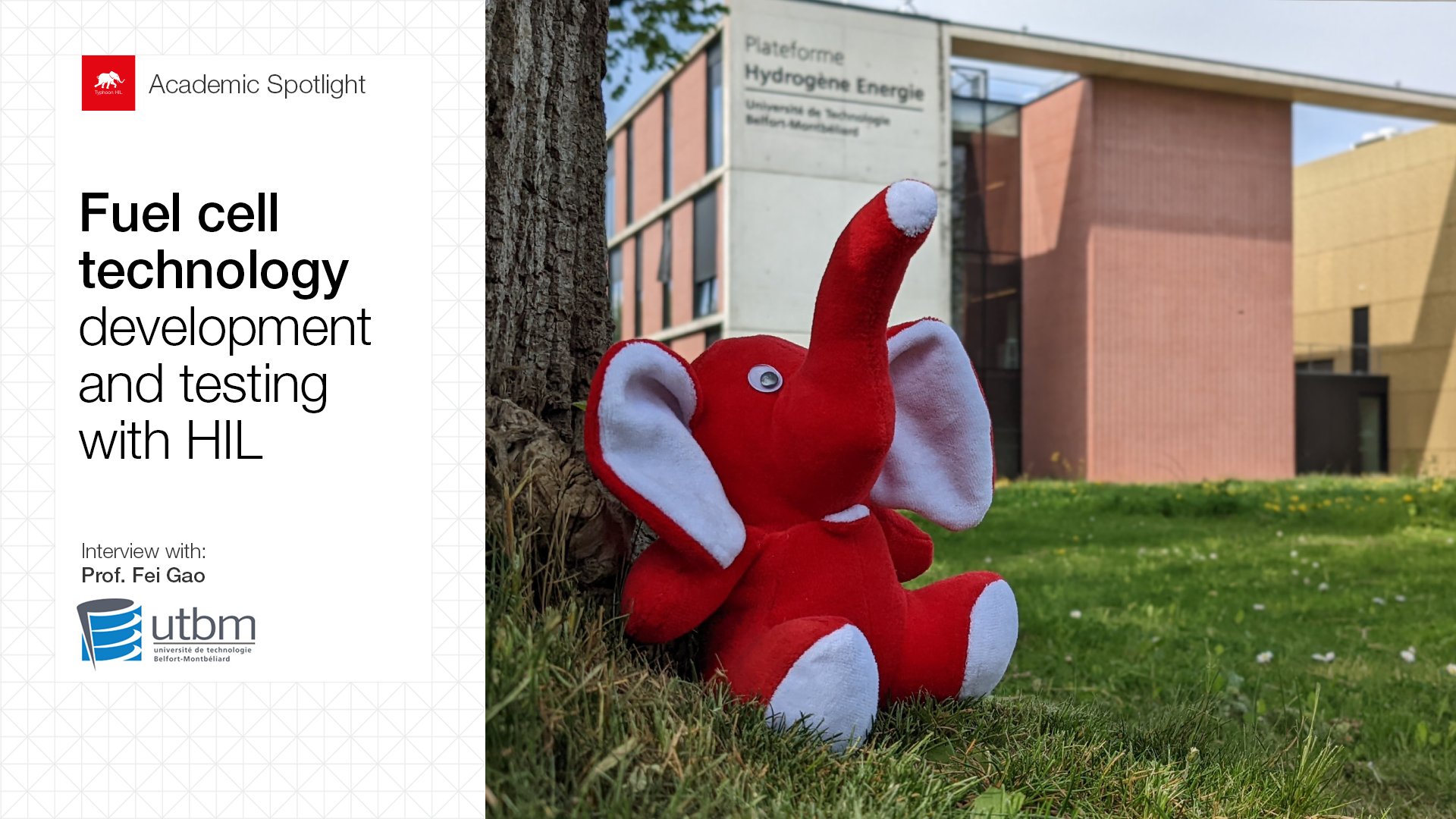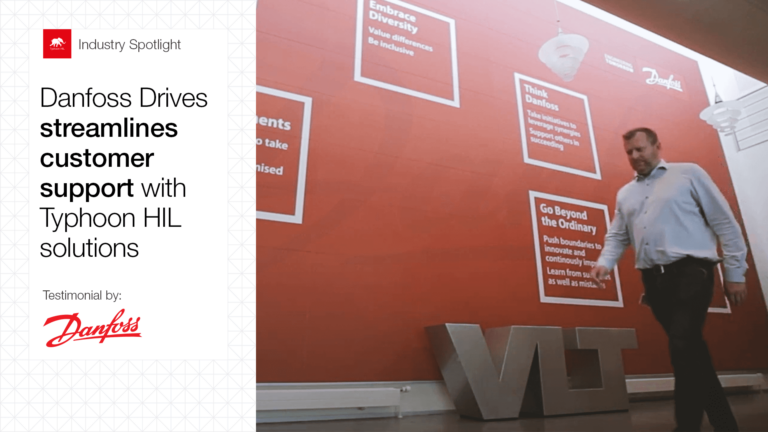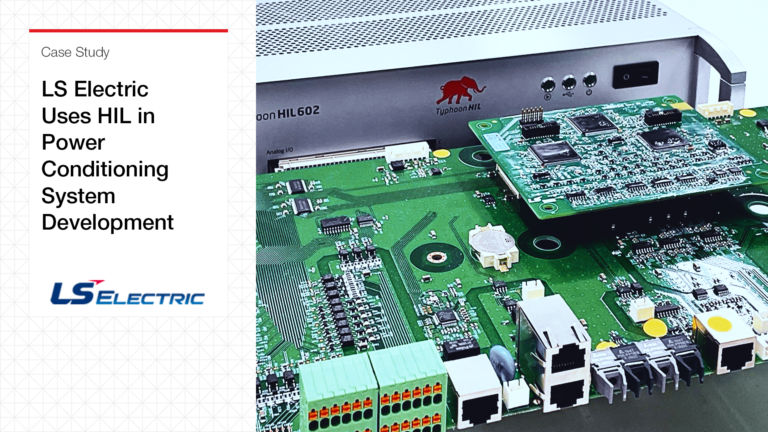Research | Fuel cell applications and industry collaboration
Prof. Fei Gao is a Full Professor at The University of Technology of Belfort-Montbéliard (UTBM) in France with research focuses on fuel cell technology for transportation applications, such as vehicles, aircrafts, and ships, and on real-time simulation of energy systems, particularly renewable energy systems. Prof. Gao introduced Hardware-in-the-Loop (HIL) technology into his research during his PhD studies back in 2007, making him one of the pioneers in adopting Typhoon HIL equipment.
UTBM is a French engineering school, focusing on applied research, and has very close collaborations with industry at the national, European, and global level. All research is conducted with the objective of being transferred to industry or commercialized in the near future. In Prof. Gao’s group, working on industry-grade HIL equipment, therefore, plays a key role in connecting academic results with industry for collaborative projects on innovative technologies.
Teaching | Making industry skills accessible to students
The energy transition is bringing the integration of renewable energy into the grid together with rapid electrification of vehicle fleets. As a result, HIL technology is increasingly employed in the research and development processes of new grid-tied power electronics as a way to ensure they have the responsiveness and resilience necessary to meet rapidly changing energy demands. For this reason, Prof. Gao makes sure to provide his students with opportunities to gain hands-on experience with HIL platforms, helping them develop the real-time simulation skills they need to meet corporate hiring demands. By making power electronics control testing a priority in his subjects, he is proud to say that his students are ready to take on the challenges of a career in industry after they graduate.
HIL Benefits | Safe control validation environment
One major benefit of HIL technology is that it helps safely validate new energy system control solutions. To apply a new energy management or control method, it would be risky to apply it directly to the real system where control errors can have catastrophic consequences. Therefore, it is crucial to go through different validation steps with Controller Hardware-in-the-Loop (C-HIL) or Power Hardware-in-the-Loop (P-HIL) before the control algorithm is used on physical equipment. This benefit is crucial for both teaching and research alike, as the safety of students while they learn is a must, as well as protecting the lab equipment they work on.
As a research laboratory, UTBM has the chance to use different HIL platforms from different suppliers worldwide, so they have wide experience with this technology. The feature that Prof. Gao found most impressive with Typhoon HIL solutions is how simple they were to use for both researchers and students. Meanwhile, what students appreciated the most is that online training is readily available through HIL Academy, so they can learn whenever and wherever they are.
Typhoon HIL’s flexible and HIL Compatible interfaces also make it possible to directly connect to various industrial controllers for grid or transportation applications, making these systems a great tool for projects that involve industry partners where their equipment needs to be directly connected and tested.
Lastly, he highlighted the very fast response from the Typhoon HIL technical team for technical support. Even though students who work with HIL can have quite wide-ranging questions, the response from the technical team is always fast, which is rare and appreciated.
If I should describe HIL in just one word, I would say essential.
Credits
Text | Debora Santo, Sergio Costa
Visuals | Hero image by Karl Mickei
Editor | Debora Santo



